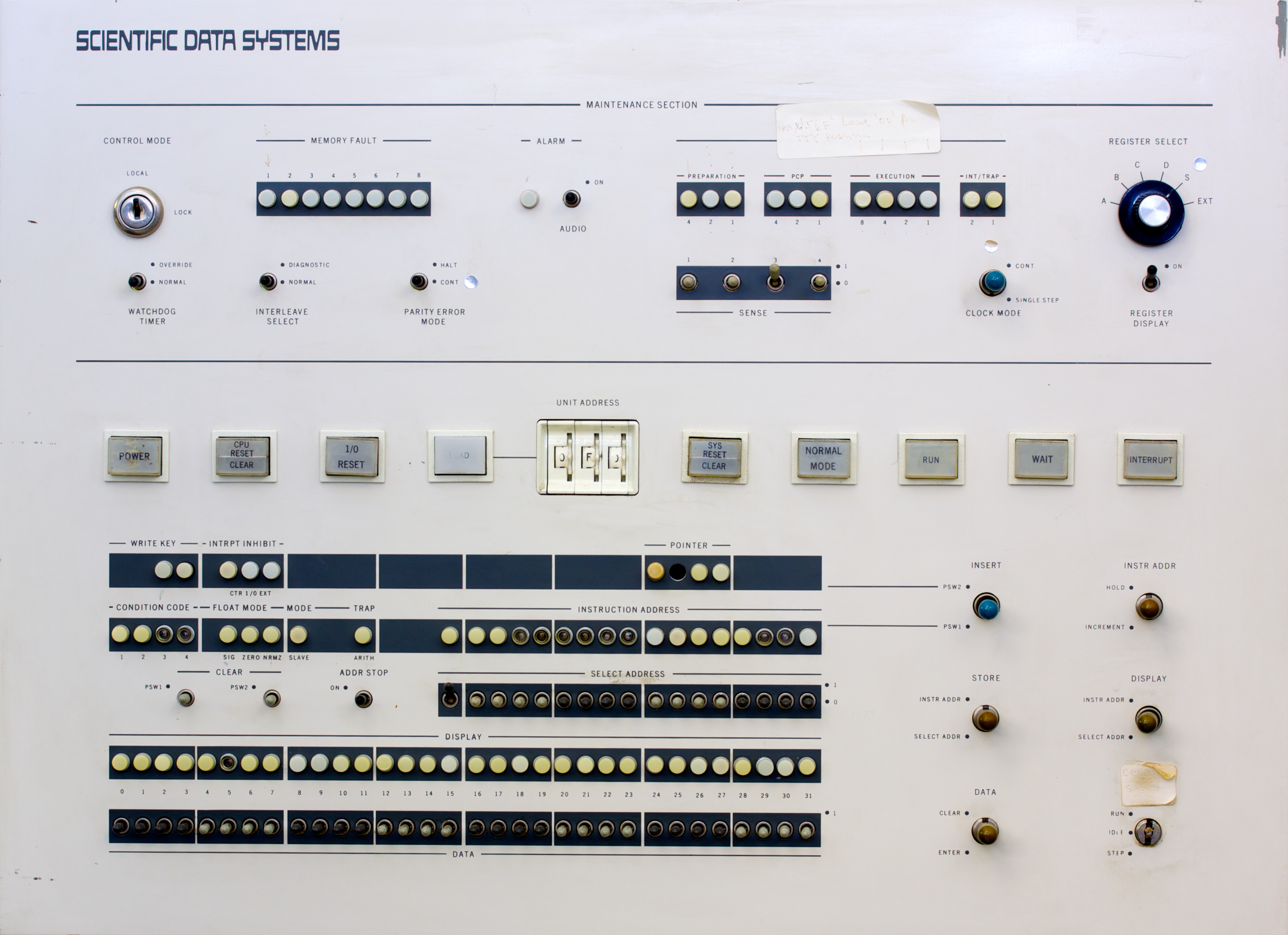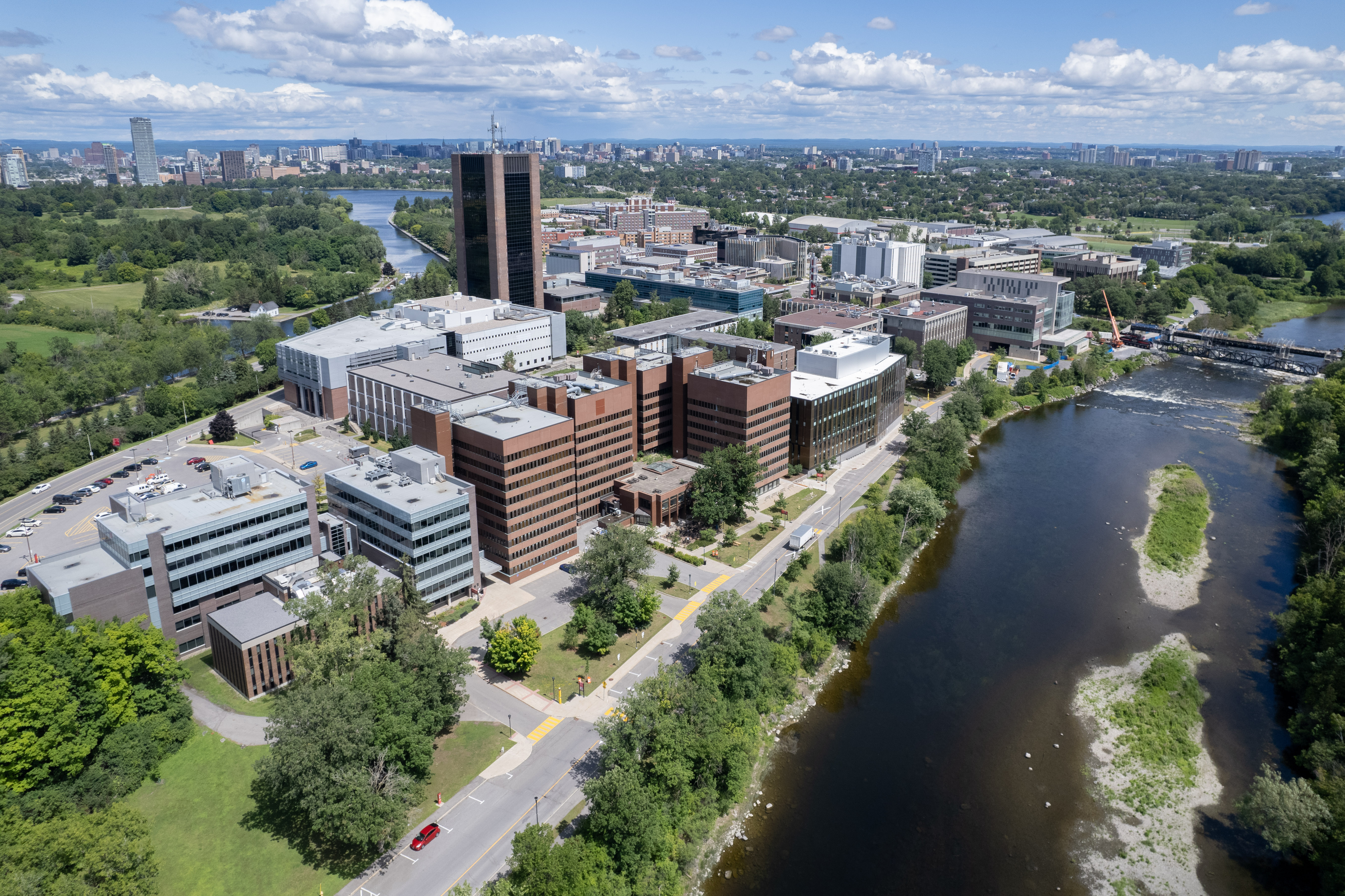|
CP-V
The Universal Time-Sharing System (UTS) is a discontinued operating system for the XDS Sigma series of computers, succeeding Batch Processing Monitor (BPM)/Batch Time-Sharing Monitor (BTM). UTS was announced in 1966, but because of delays did not actually ship until 1971. It was designed to provide multi-programming services for online (interactive) user programs in addition to batch-mode production jobs, ''symbiont'' ( spooled) I/O, and critical real-time processes. System '' daemons'', called "ghost jobs" were used to run monitor code in user space. The final release, D00, shipped in January, 1973. It was succeeded by the CP-V operating system, which combined UTS with features of the heavily batch-oriented Xerox Operating System (XOS). CP-V The CP-V (pronounced sea-pea-five) operating system, the compatible successor to UTS, was released in August 1973. CP-V supported the same CPUs as UTS plus the Xerox 560. CP-V offers "single-stream and multiprogrammed batch; timesharing; ... [...More Info...] [...Related Items...] OR: [Wikipedia] [Google] [Baidu] |
SDS Sigma Series
The SDS Sigma series is a series of third generation computers that were introduced by Scientific Data Systems of the United States in 1966. The first machines in the series are the 16-bit Sigma 2 and the 32-bit Sigma 7; the Sigma 7 was the first 32-bit computer released by SDS. At the time the only competition for the Sigma 7 was the IBM 360. Memory size increments for all SDS/XDS/Xerox computers are stated in kWords, not kBytes. For example, the Sigma 5 base memory is 16K 32-Bit words (64K Bytes). Maximum memory is limited by the length of the instruction address field of 17 bits, or 128K Words (512K Bytes). Although this is a trivial amount of memory in today's technology, Sigma systems performed their tasks exceptionally well, and few were deployed with, or needed, the maximum 128K Word memory size. The Xerox 500 series computers, introduced starting in 1973, are compatible upgrades to the Sigma systems using newer technology. In 1975 Xerox sold its computer business to ... [...More Info...] [...Related Items...] OR: [Wikipedia] [Google] [Baidu] |
Xerox Data Systems
Scientific Data Systems (SDS), was an American computer company founded in September 1961 by Max Palevsky and Robert Beck, veterans of Packard Bell Corporation and Bendix, along with eleven other computer scientists. SDS was an early adopter of integrated circuits in computer design and the first to employ silicon transistors. The company concentrated on larger scientific workload focused machines and sold many machines to NASA during the Space Race. Most machines were both fast and relatively low priced. The company was sold to Xerox in 1969, but dwindling sales due to the oil crisis of 1973–74 caused Xerox to close the division in 1975 at a loss of hundreds of millions of dollars. During the Xerox years the company was officially Xerox Data Systems (XDS), whose machines were the Xerox 500 series. History Early machines Throughout the majority of the 1960s the US computer market was dominated by "Snow White", IBM, and the "Seven Dwarves", Burroughs, UNIVAC, NCR, Control ... [...More Info...] [...Related Items...] OR: [Wikipedia] [Google] [Baidu] |
Scientific Data Systems
Scientific Data Systems (SDS), was an American computer company founded in September 1961 by Max Palevsky and Robert Beck, veterans of Packard Bell Corporation and Bendix, along with eleven other computer scientists. SDS was an early adopter of integrated circuits in computer design and the first to employ silicon transistors. The company concentrated on larger scientific workload focused machines and sold many machines to NASA during the Space Race. Most machines were both fast and relatively low priced. The company was sold to Xerox in 1969, but dwindling sales due to the oil crisis of 1973–74 caused Xerox to close the division in 1975 at a loss of hundreds of millions of dollars. During the Xerox years the company was officially Xerox Data Systems (XDS), whose machines were the Xerox 500 series. History Early machines Throughout the majority of the 1960s the US computer market was dominated by "Snow White", IBM, and the "Seven Dwarves", Burroughs, UNIVAC, NCR, Control Da ... [...More Info...] [...Related Items...] OR: [Wikipedia] [Google] [Baidu] |
Time-sharing Operating Systems
In computing, time-sharing is the sharing of a computing resource among many users at the same time by means of multiprogramming and multi-tasking.DEC Timesharing (1965), by Peter Clark, The DEC Professional, Volume 1, Number 1 Its emergence as the prominent model of computing in the 1970s represented a major technological shift in the history of computing. By allowing many users to interact concurrently with a single computer, time-sharing dramatically lowered the cost of providing computing capability, made it possible for individuals and organizations to use a computer without owning one, and promoted the interactive use of computers and the development of new interactive applications. History Batch processing The earliest computers were extremely expensive devices, and very slow in comparison to later models. Machines were typically dedicated to a particular set of tasks and operated by control panels, the operator manually entering small programs via switches in order ... [...More Info...] [...Related Items...] OR: [Wikipedia] [Google] [Baidu] |
Transaction Processing
Transaction processing is information processing in computer science that is divided into individual, indivisible operations called ''transactions''. Each transaction must succeed or fail as a complete unit; it can never be only partially complete. For example, when you purchase a book from an online bookstore, you exchange money (in the form of credit) for a book. If your credit is good, a series of related operations ensures that you get the book and the bookstore gets your money. However, if a single operation in the series fails during the exchange, the entire exchange fails. You do not get the book and the bookstore does not get your money. The technology responsible for making the exchange balanced and predictable is called transaction processing. Transactions ensure that data-oriented resources are not permanently updated unless all operations within the transactional unit complete successfully. By combining a set of related operations into a unit that either completely su ... [...More Info...] [...Related Items...] OR: [Wikipedia] [Google] [Baidu] |
Museum + Labs
A museum ( ; plural museums or, rarely, musea) is a building or institution that cares for and displays a collection of artifacts and other objects of artistic, cultural, historical, or scientific importance. Many public museums make these items available for public viewing through exhibits that may be permanent or temporary. The largest museums are located in major cities throughout the world, while thousands of local museums exist in smaller cities, towns, and rural areas. Museums have varying aims, ranging from the conservation and documentation of their collection, serving researchers and specialists, to catering to the general public. The goal of serving researchers is not only scientific, but intended to serve the general public. There are many types of museums, including art museums, natural history museums, science museums, war museums, and children's museums. According to the International Council of Museums (ICOM), there are more than 55,000 museums in 202 countries ... [...More Info...] [...Related Items...] OR: [Wikipedia] [Google] [Baidu] |
Carleton University
Carleton University is an English-language public research university in Ottawa, Ontario, Canada. Founded in 1942 as Carleton College, the institution originally operated as a private, non-denominational evening college to serve returning World War II veterans. Carleton was chartered as a university by the provincial government in 1952 through ''The Carleton University Act,'' which was then amended in 1957, giving the institution its current name. The university is named for the now-dissolved Carleton County, which included the city of Ottawa at the time the university was founded. Carleton County, in turn, was named in honour of Guy Carleton, 1st Baron Dorchester, who was Governor General of The Canadas from 1786 to 1796. The university moved to its current campus in 1959, growing rapidly in size during the 1960s as the Ontario government increased support for post-secondary institutions and expanded access to higher education. Carleton offers a diverse range of academic program ... [...More Info...] [...Related Items...] OR: [Wikipedia] [Google] [Baidu] |

_and_related_equipment_-_01.jpg)

